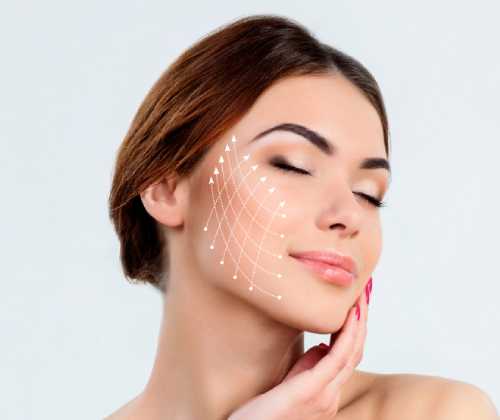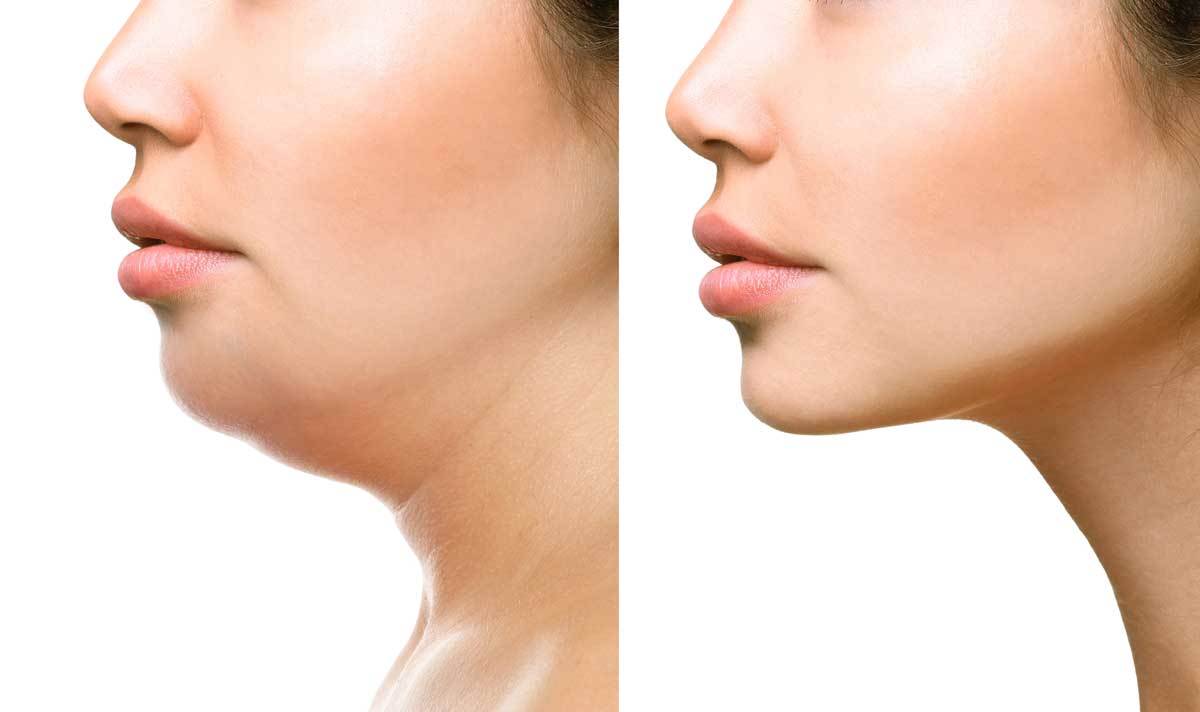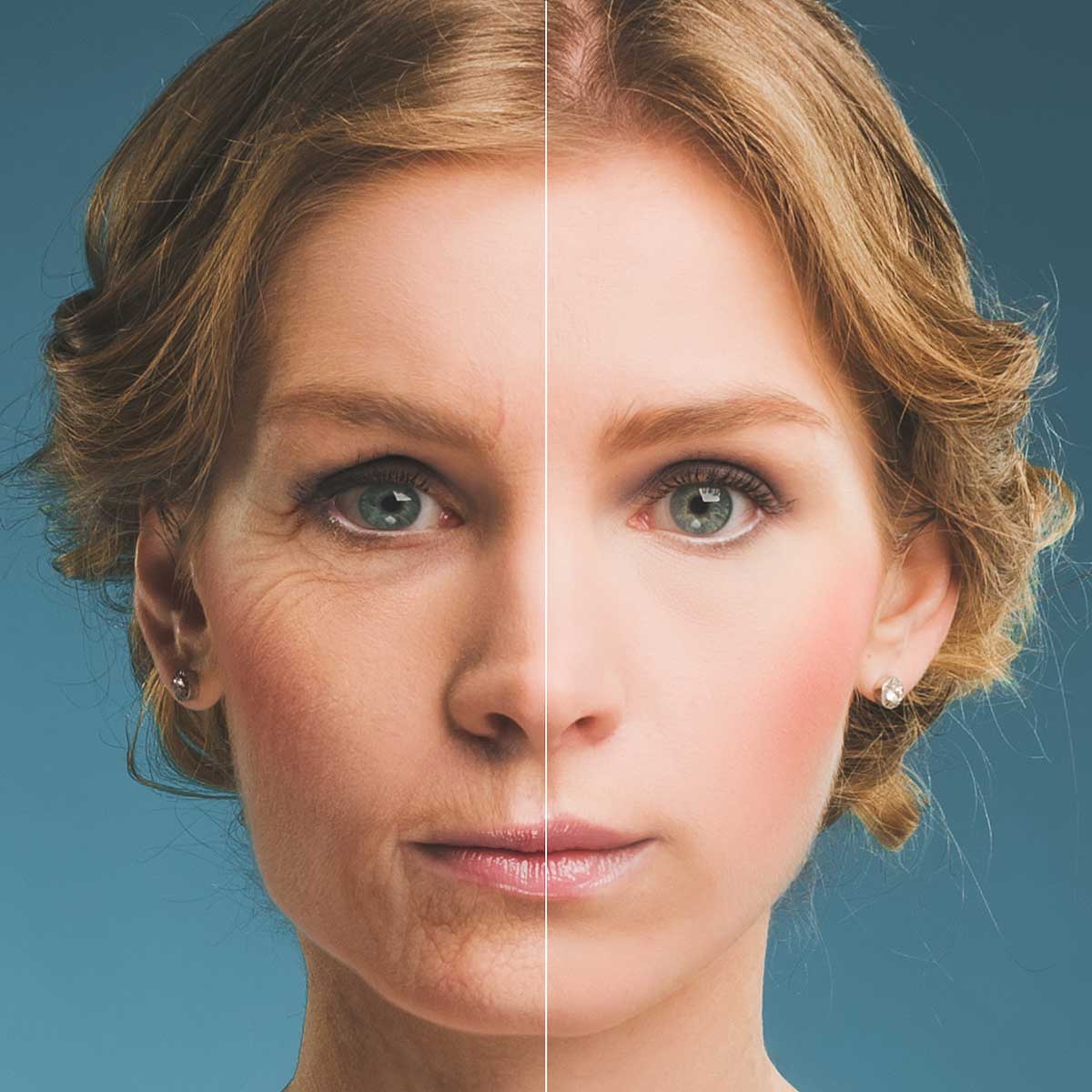Pigmentation
Pigmentation meaning
In simple words, pigmentation means colouring. When it comes to our skin, the colour of our skin is determined by a pigment called melanin. The production of melanin is undertaken by specialized cells in our skin. Any negative impact or damage caused to these cells affect the melanin production in our body and hence causes skin pigmentation. Skin pigmentation can not only occur in patches on different parts of your body but can also affect the entire body.
Neither excess nor lack of melanin is good for your skin as-
- Excess production of melanin makes the skin darker. The dark colour of your skin can be a result of pregnancy, Addison’s disease and sun exposure.
- Lack of melanin production, in turn, makes the skin lighter.
Hyperpigmentation
Hyperpigmentation is a common skin problem which can affect people with all skin types. It is basically a condition in which the skin starts producing more melanin than usual. The result of which is the formation of patches which appear darker than the skin surrounding them. Hyperpigmentation can be caused due to medications such as anti-arrhythmic, antibiotics and antimalarial drugs.
Melasma- A type of hyperpigmentation
Melasma, which is also known as “the mask of pregnancy” is a type of hyperpigmentation which can lead to tan or brown patches on the forehead, face and stomach. Melasma usually affects pregnant women or women who are taking birth control pills but it can also affect men.
Prevention for Hyperpigmentation
- Avoid sun exposure and wear sunscreen whenever stepping out of the house
- Do not pick at acne or spots after an injury as it can also lead to hyperpigmentation
How to treat hyperpigmentation?
There are several procedures like chemical peels and laser resurfacing to reduce the effects of melasma.
Hypopigmentation
Hypopigmentation is the condition when your skin becomes lighter than normal. It usually occurs when your skin is damaged from infections, blisters, burns or other trauma. The affected areas loose pigment which, in turn, makes the skin lighter. However, the normal colour comes back usually but it can take a long time.
Vitiligo- A type of hypopigmentation
Vitiligo is a type of hypopigmentation which is a result of lack of melanin production in your skin. The lack of melanin production, in turn, results in the formation of smooth, white patches on the skin. This loss of melanin usually occurs when the cells responsible for its production die or stop functioning.
How to treat hypopigmentation?
Hypopigmentation can be treated by using topical creams, medicines and ultraviolet-light treatments.
Enquire Now
Other Related services
Threadlift
A Contour ThreadLift is a minimally invasive, non-surgical procedure able to pro...
Hifu
Skin tightening and facelift with High-Intensity Focused Ultrasound (HIFU) is a ...
Skin Tightening
The aging process breaks down collagen and elastin fibers, leading to the appear...
Laser Hair Removal
You get razor bumps or acne breakouts when you want to dispose of unwanted hair....





